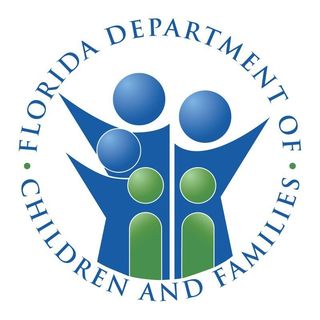(866) 762-2237
garnett_ahern@yahoo.com

The Florida Food Assistance Program helps people with low-income, buy healthy food. A food assistance household is normally a group of people who live together and buy food and cook meals together
Program Description
The Food Assistance Program helps ensure that eligible low-income families and individuals are able to obtain a nutritious diet. Food Assistance benefits are intended to supplement other household income and may only be used to purchase food. Other household items such as cleaning supplies, paper goods, clothes, alcohol or tobacco products may not be purchased with Food Assistance.
Food Assistance recipients are able to purchase their food by using an Electronic Benefit Transfer (EBT) card. This card may be used at any retail store authorized by the United States Department of Agriculture (USDA).
The amount of benefits received is based on the household size and financial circumstances.
All individuals who purchase and prepare food together are considered a family group for Food Assistance purposes and must have their eligibility determined together.
To be eligible for Food Assistance family groups must have income and assets below the program standards. After adding all the family groups gross income, the case manager will make deductions to the family groups income. These deductions may include, but are not limited to, shelter (rent, mortgage or utilities), childcare or medical expenses.
Other technical factors must be met for a family to be eligible for Food Assistance. These technical factors may include:
Work registration, having a job or looking for work
Cooperation with Child Support Enforcement
Citizenship or an eligible non-citizen status with U.S. Immigration and Customs Enforcement, and
Florida residency
General Program Requirements
Most households must pass a gross income limit at 200 percent of the Federal Income Poverty Guidelines (FIPG). Households with a member disqualified for breaking Food Assistance Program rules, felony drug trafficking, running away from a felony warrant, or not participating in a work program must meet a gross income test at 130 percent of the FIPG. Households with or without a disqualified member must have net income less than 100 percent of the FIPG. Households with people who are, age 60 or older or disabled must only meet the net monthly income limit. Some household expenses may be subtracted from the total monthly income in the food assistance budget. The budget may subtract for shelter expenses, dependent care, medical, child support paid, standard deductions, and earnings. Most food assistance households may have assets such as vehicles, bank accounts, or property and still get help. Households with a disqualified member must meet an asset limit of $2,000 or $3,250 effective October 1, 2011, (if the household contains an elderly or disabled member.)
